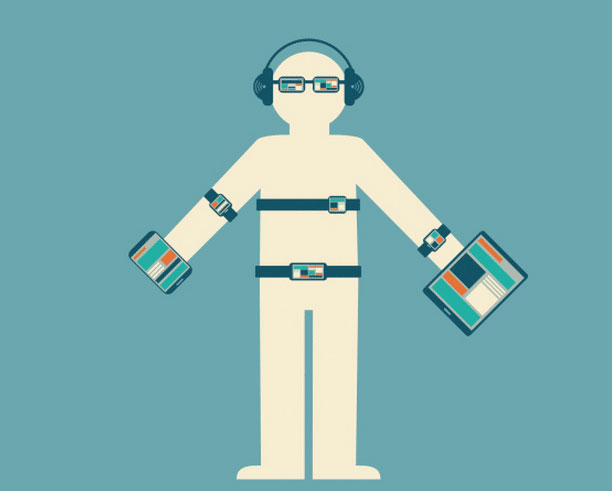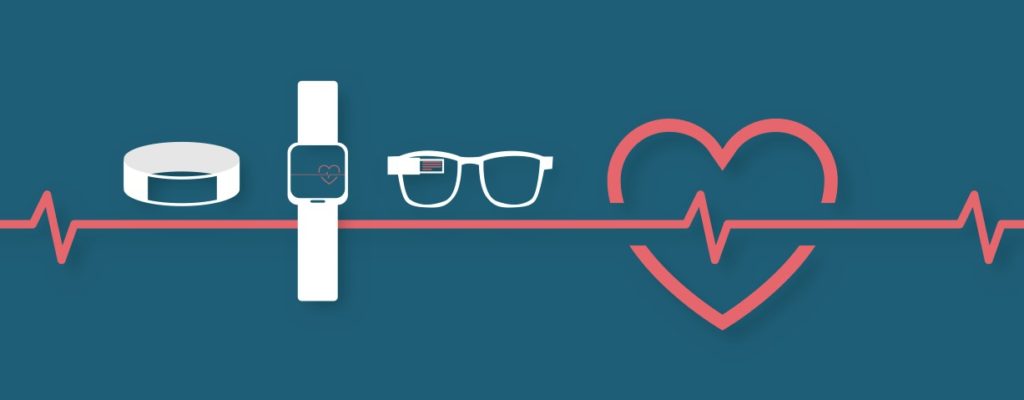Wearable technology has become increasingly popular. Devices like FitBit, Google Glass and Apple watches are now owned by approximately 20% of Americans. These wearable devices, in turn, provide a vast amount of data for the user. To some, that data can be very private and important.
As “smart” technology continues to develop, the ability to store valuable, personal information becomes endless and easier. From exercise and health habits, to credit card and email information, wearable technology has the ability to hold it all. For example, if a hacker gains access to someone’s wearable fitness band, they can track their victim’s every move.
This is where insurance comes into play. Looking into the future, according to a post by The Huffington Post, the insurance industry will need to “develop solutions that help protect individuals, and determine policyholders’ risks based on the type of information devices are storing and how vulnerable they may become if this data is obtained.”
On the brighter side, wearable health and fitness technology can provide an opportunity to give the insurance industry enhanced insight on an insured’s wellbeing. When insurers have access to more detailed information during the evaluation process, they can better assess and evolve policies based on their client’s health insurance needs.
Being able to monitor the activity of individuals has already began to change how health and life insurance will be underwritten and priced. In April of this year, a insurance company introduced new life insurance products that incorporate wearable technology (a Fitbit). The Fitbit will monitor insureds’ activities and offer significant discounts on their annual premiums, and policyholders can earn rewards and discounts for any steps they take to improve their health.
There are other devices like wearables that can provide the same valuable information about some of your habits, such as the Nest thermostat for your home. The Nest is a “smart”, digital thermostat that learns your habits, and in turn, creates a schedule for your home air unit that is the most energy efficient plan for your home. Some providers offer discounts on homes that are more ‘green’ in a variety of ways, but including technology like the Nest.
Other types of information-gathering devices that can help you earn a discount on your premium are the car usage technologies provided by carriers like Progressive and Traveler’s such as Safe Driver.
These instruments attach to your car and collect the data available, such as: miles driven per day, average speed, and amount of stops.
The more accurately your lifestyle, driving habits, and energy usage can be measured and tracked, the more fairly you will pay for risks services.
Nevertheless, wearables and technology in general are slowly shaping a new path for insurance carriers as they adapt to new risks as well as factor in these money-saving technologies.



